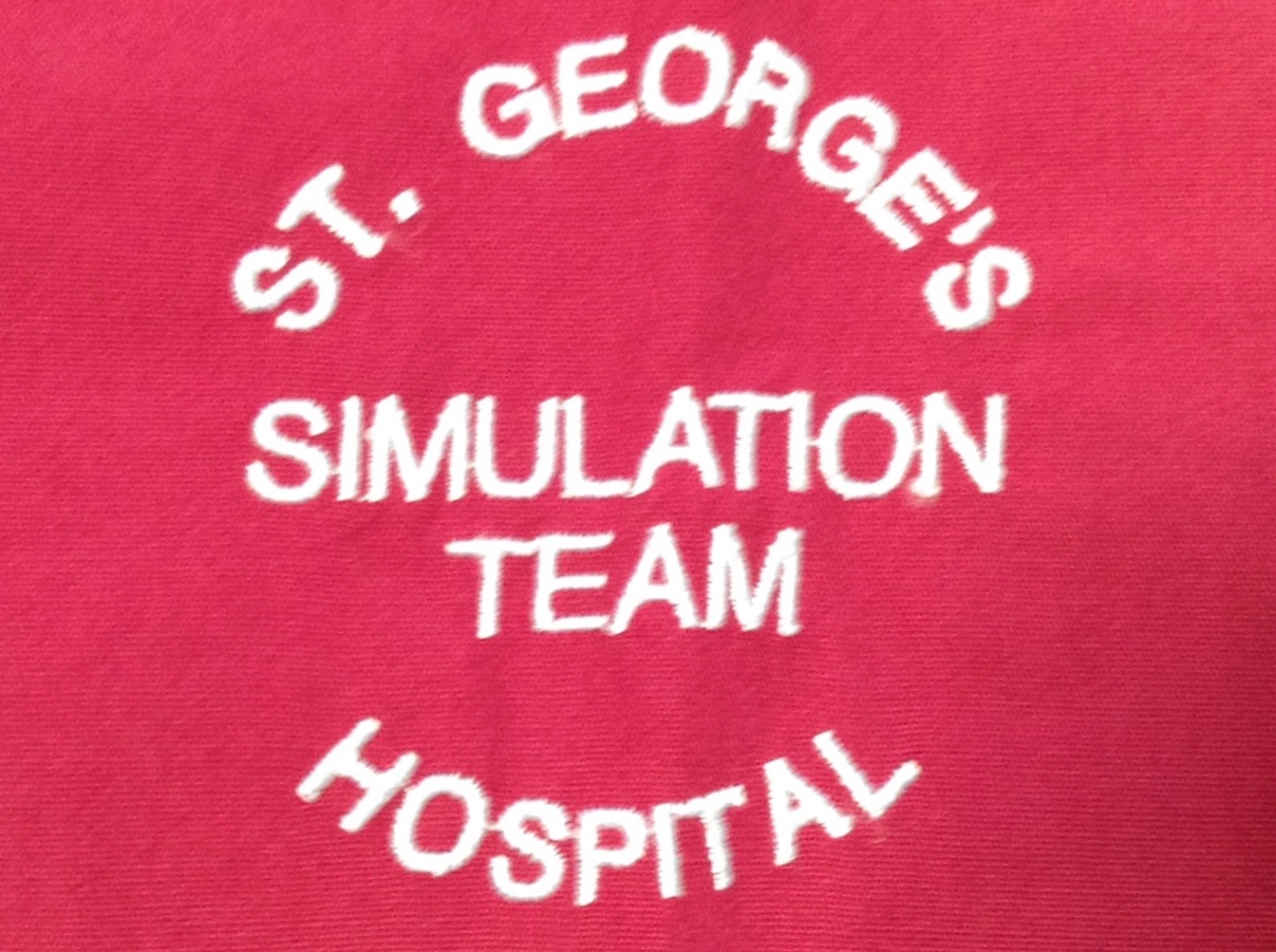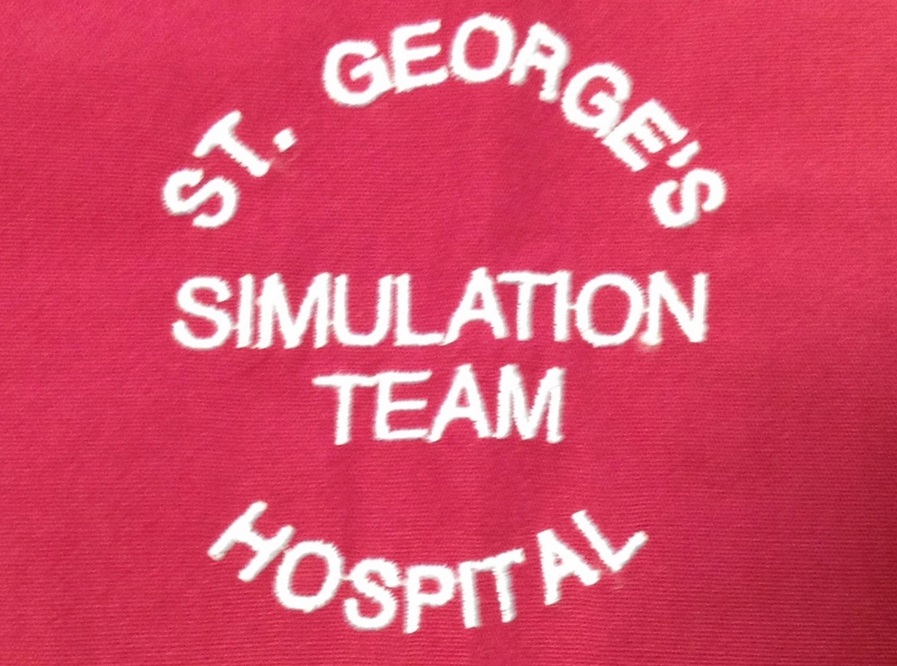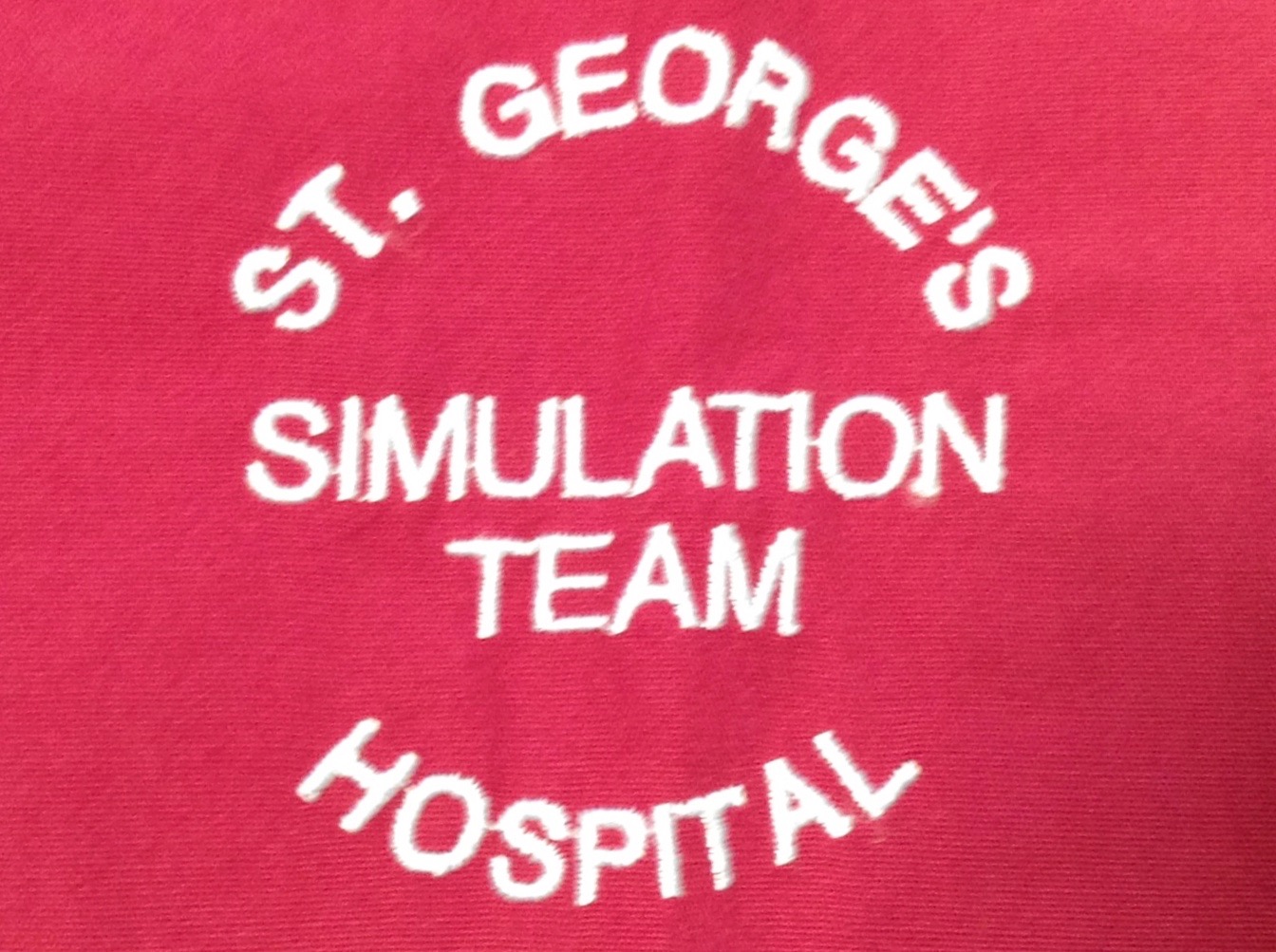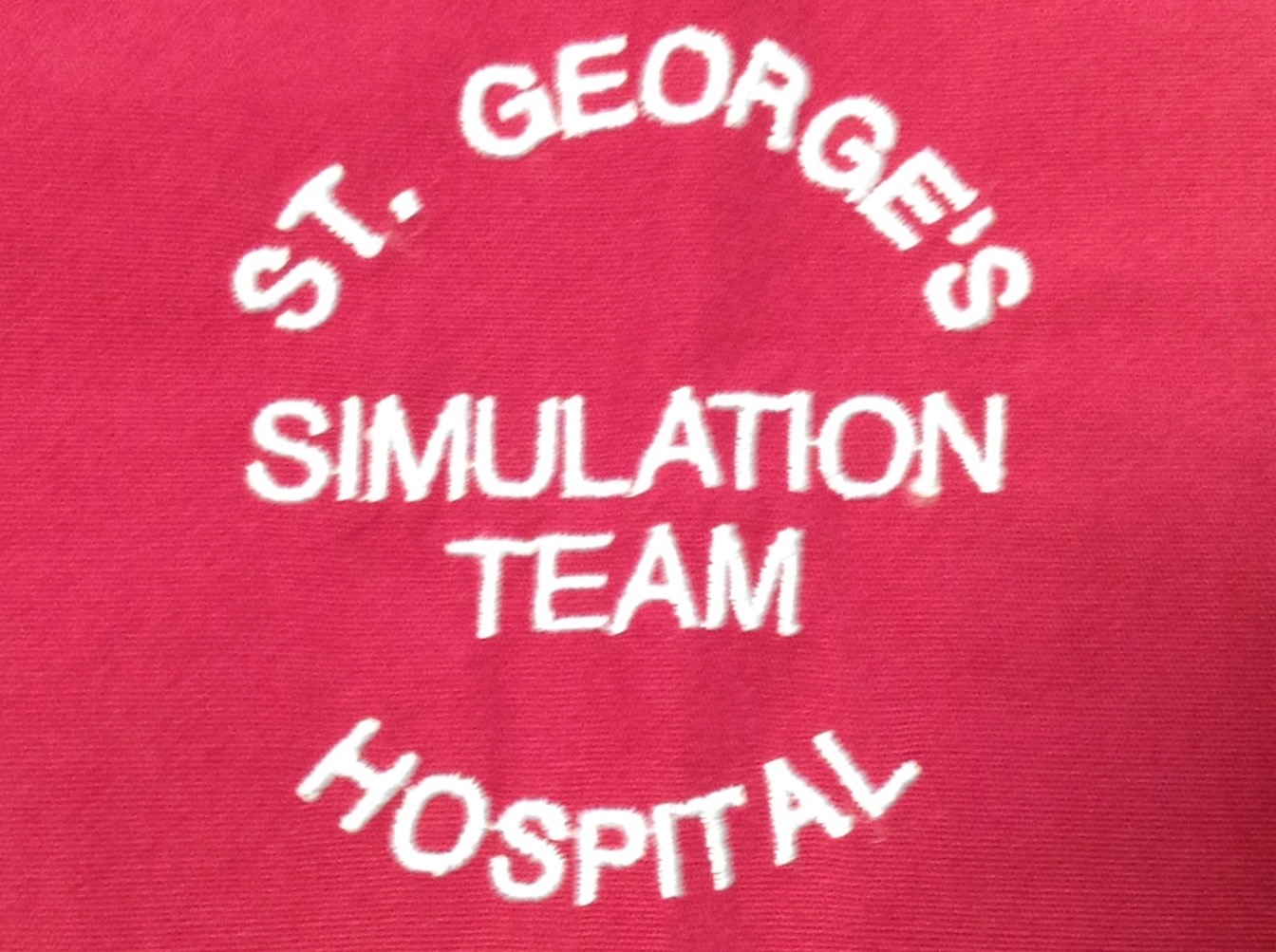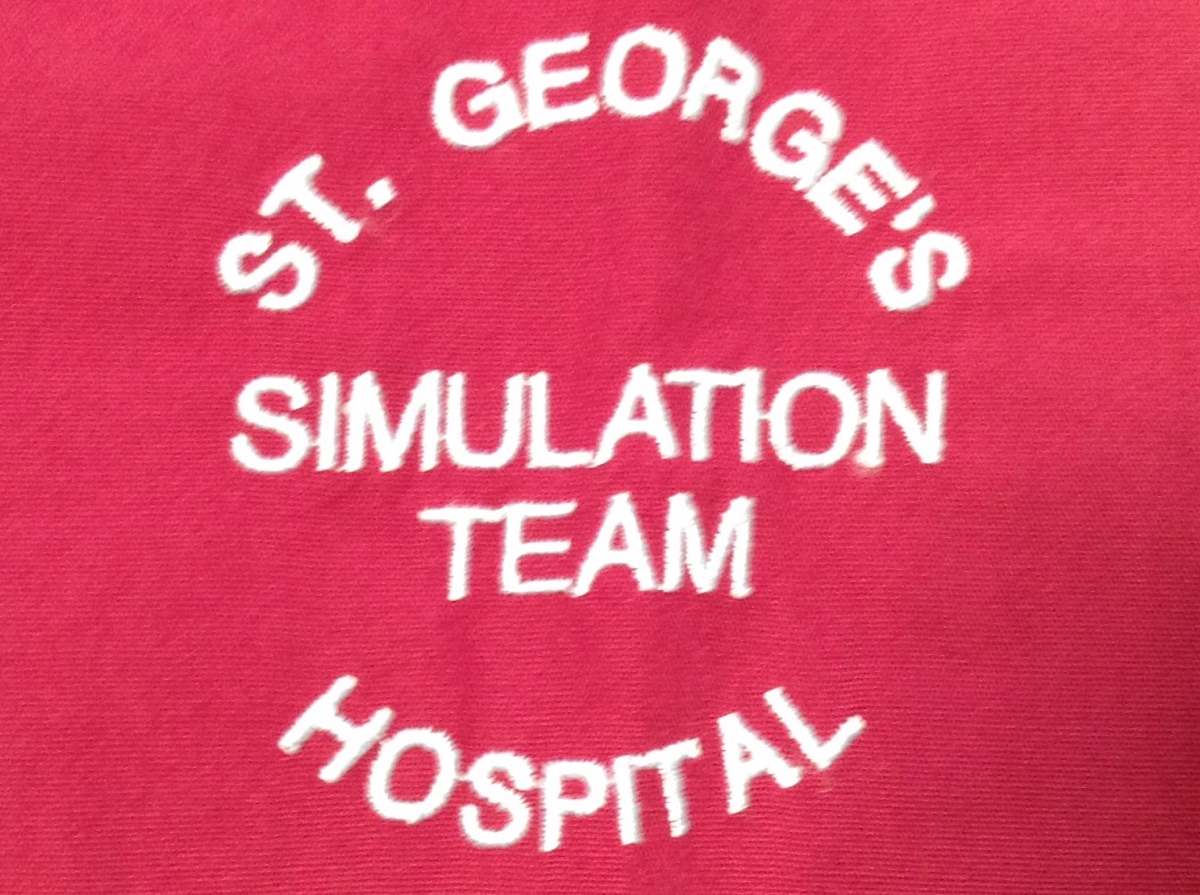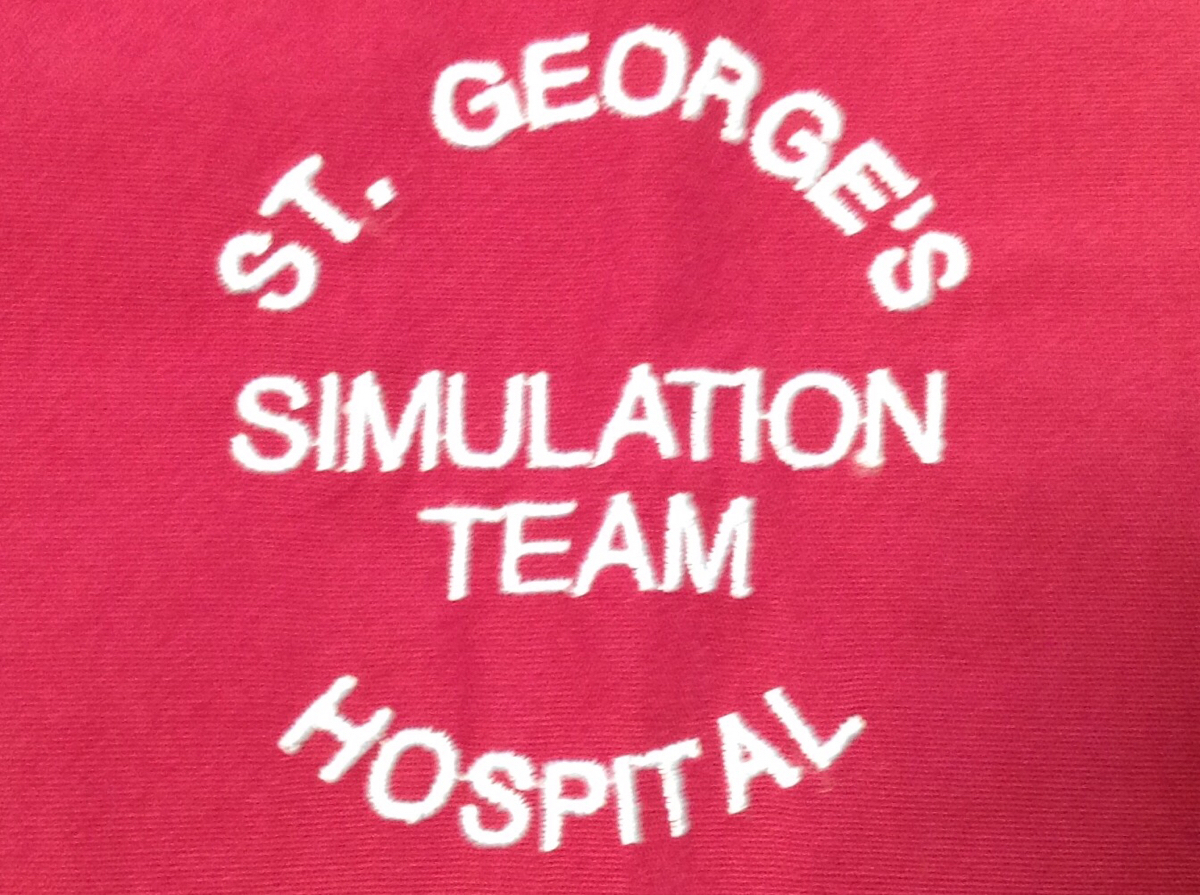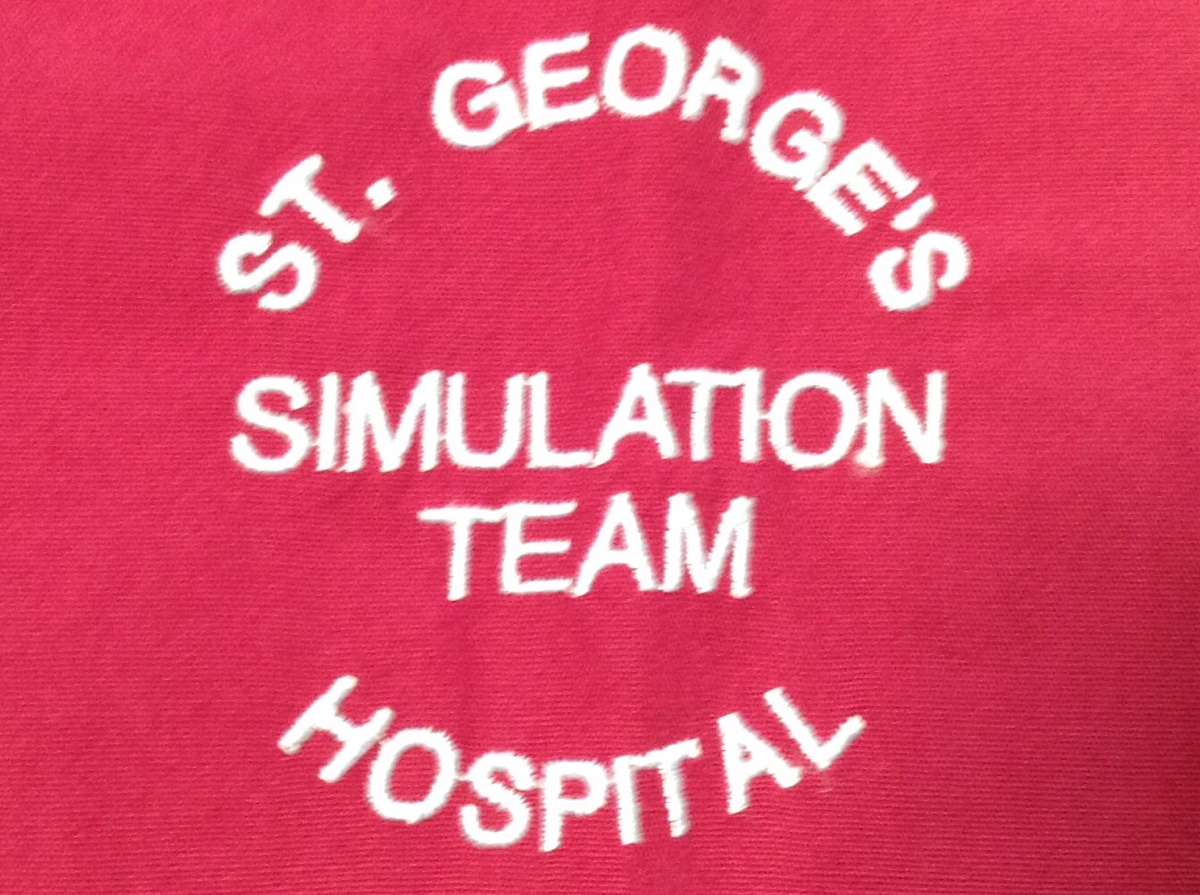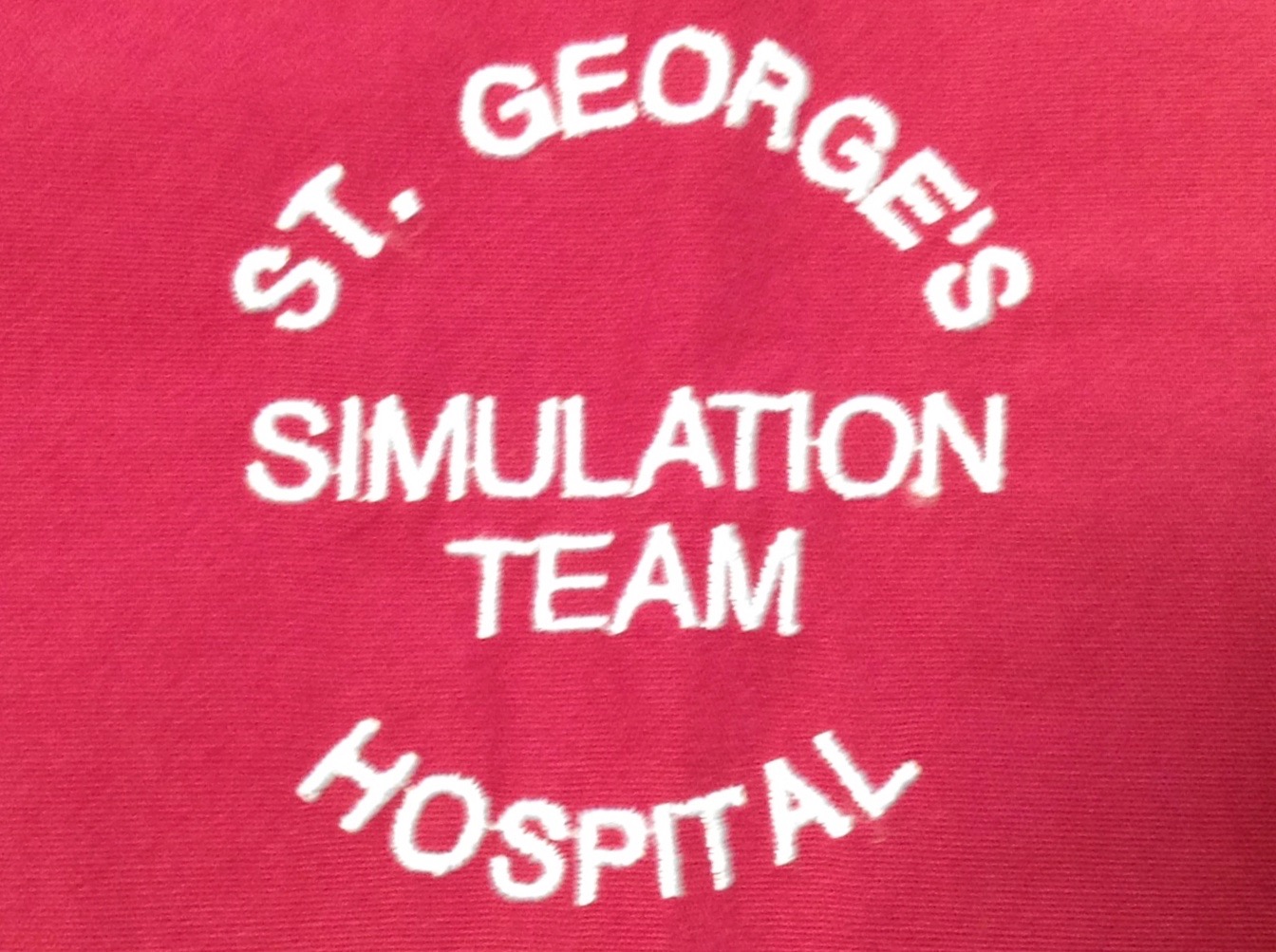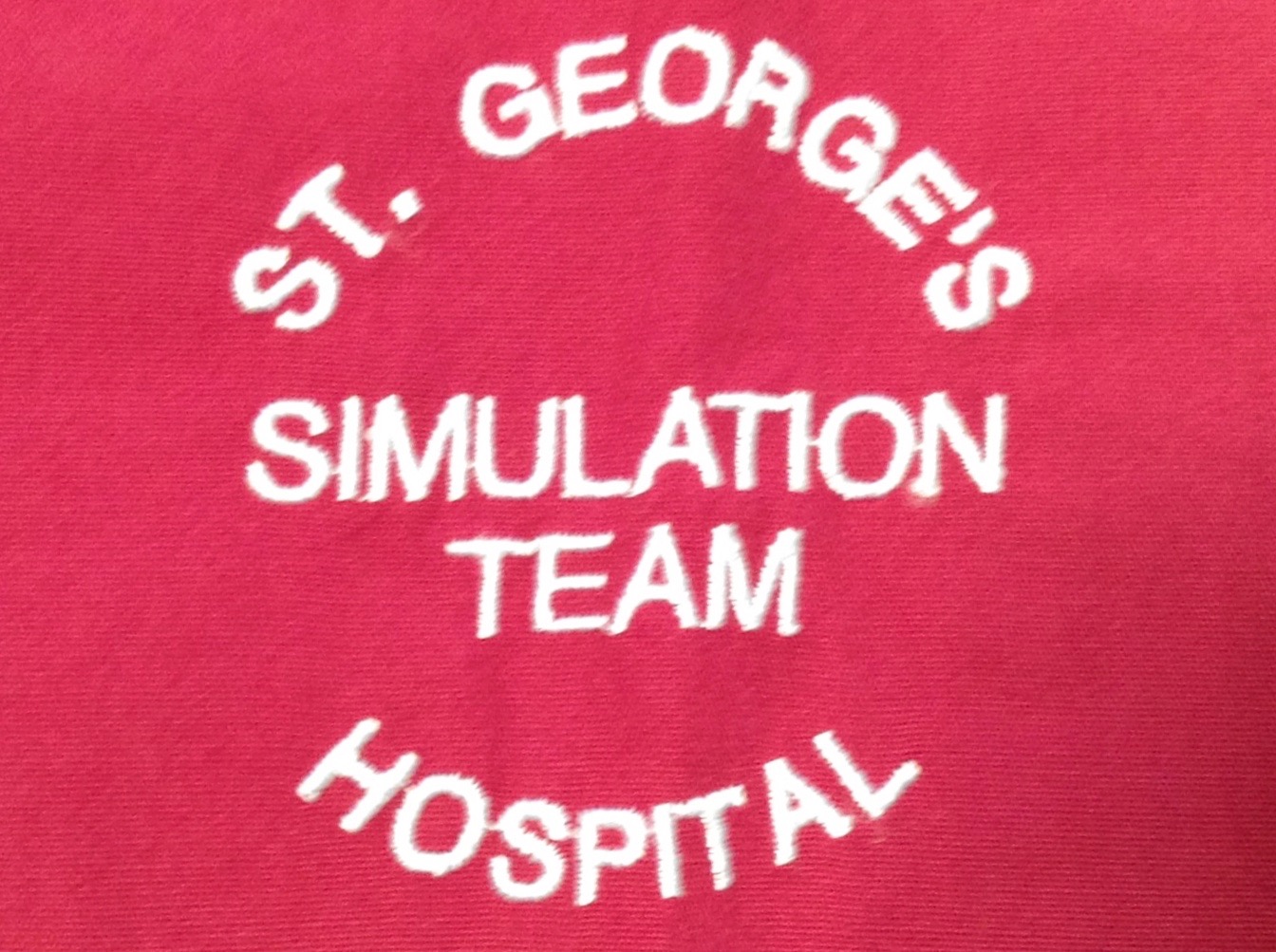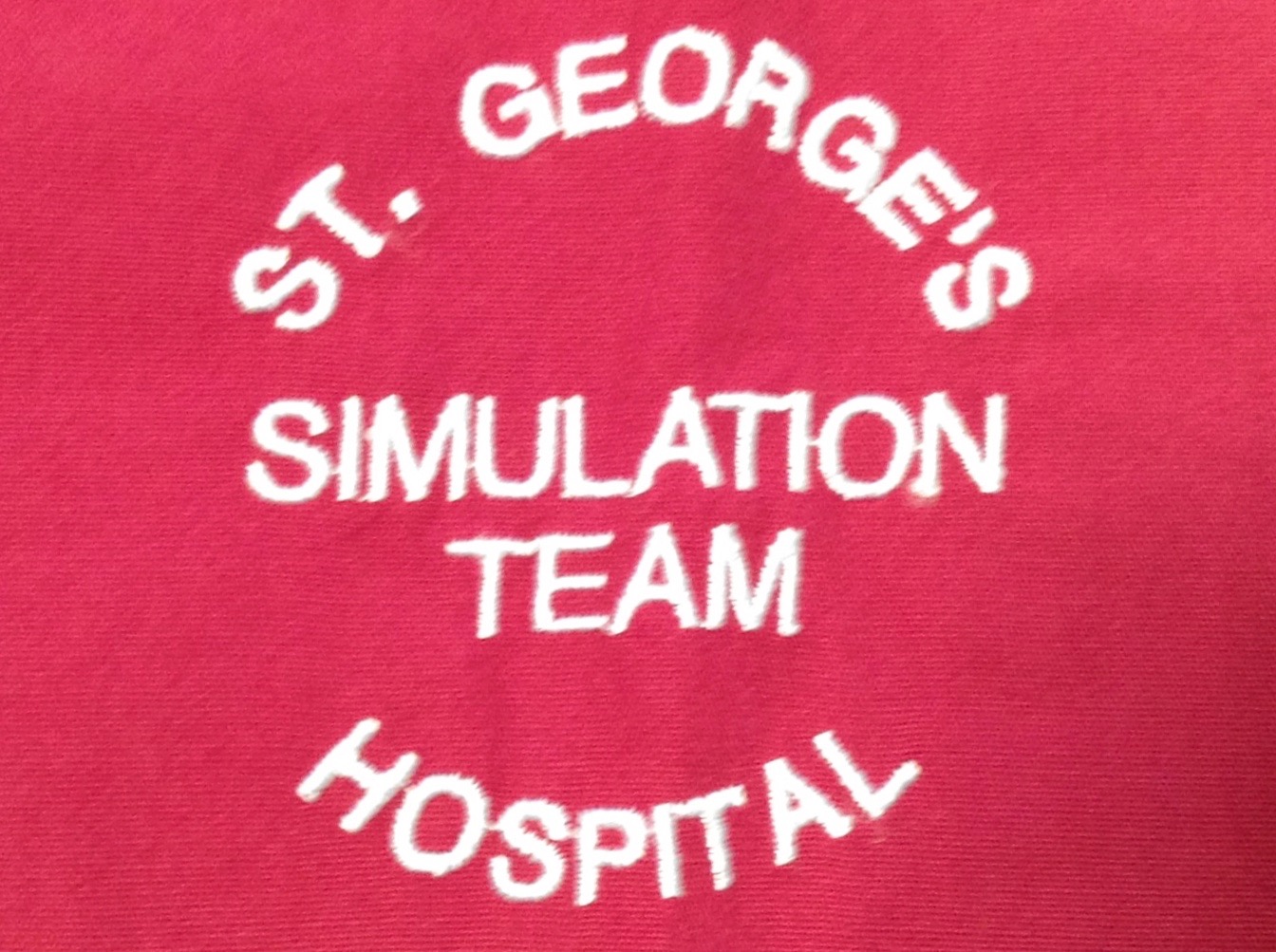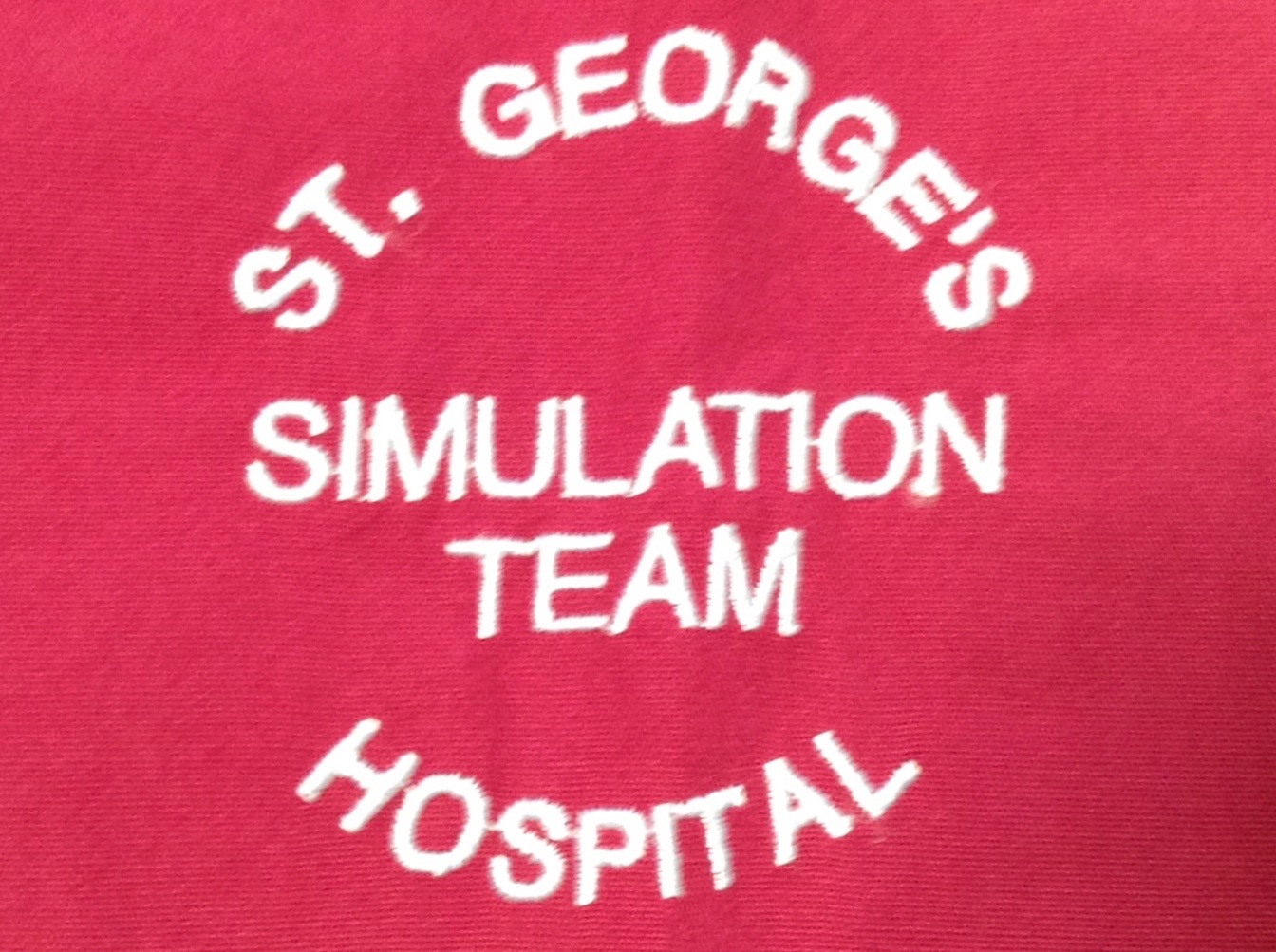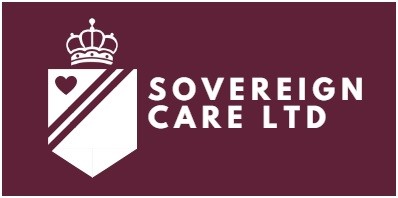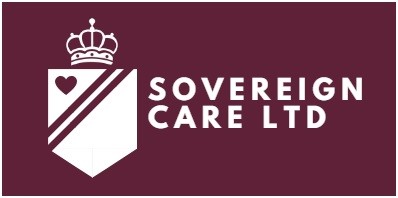Title Page
-
Document No.
-
Observation Focus
-
Clinical Area
-
Conducted on
-
Prepared by
-
Location
-
Personnel
INSTRUCTIONS FOR THE OBSERVER
-
1. Ask your colleague to talk you through what they will do to take systematic observations of the patient
2. Show the checklist and check any misconceptions (if time permits ask a 'what if question; e.g. if the patient is not responsive what will you do?)
3. Observe your colleague doing a systematic assessment and nEWS.
4. Once the assessment is complete, check the documentation and probe the interpretation of results ( Are you concerned? Why? Why not?)
5. Send your observations in an email for your colleague's portfolio and for revalidation
CLINICAL OBSERVATIONS - nEWS
-
1. Introduces themselves to the patient, explains the task appropriately and gains consent
-
2. Ensures the patient's name and hospital number are correctly documented on the EWS chart
-
3. Identifies the radial pulse and correctly and identifies the rate and rhythm (e.g. was it rapid?)
-
4. Identifies correctly and records the respiratory rate and pattern (e.g. shallow breaths? use of accessory muscles?)
-
5. Records accurate oxygen saturation and understands the significance of the heart rate display (e.g. compares with manual pulse check for accuracy)
-
6. Records the flow rate of oxygen, the device in use and identifies if the patient is within the prescribed saturation parameters
-
7. Records reads and documents the temperature correctly
-
8. Performs an accurate assessment of AVPU asking open questions
-
9. In measuring blood pressure, selects the correct size BP cuff, positions it correctly on the patient's arm, and uses automated medical device appropriately to obtain BP.
-
10. Records EWS parameters correctly,, calculates score accurately and documents
-
11. Interprets the EWS score, identifies appropriate escalation actions and documents.
-
12. Chooses the appropriate frequency of observations based on EWS
-
13. Comments and action plan (e.g. positives, areas for improvement)
-
15. How would you rate the performance overall?
-
Observer Signature
